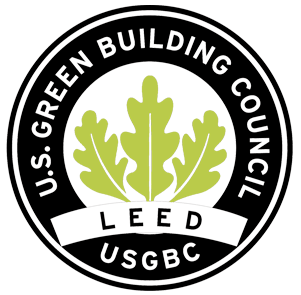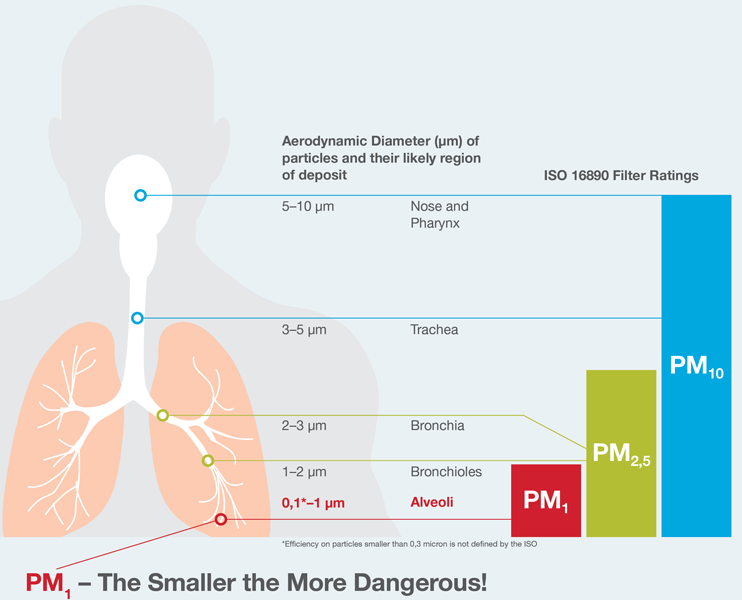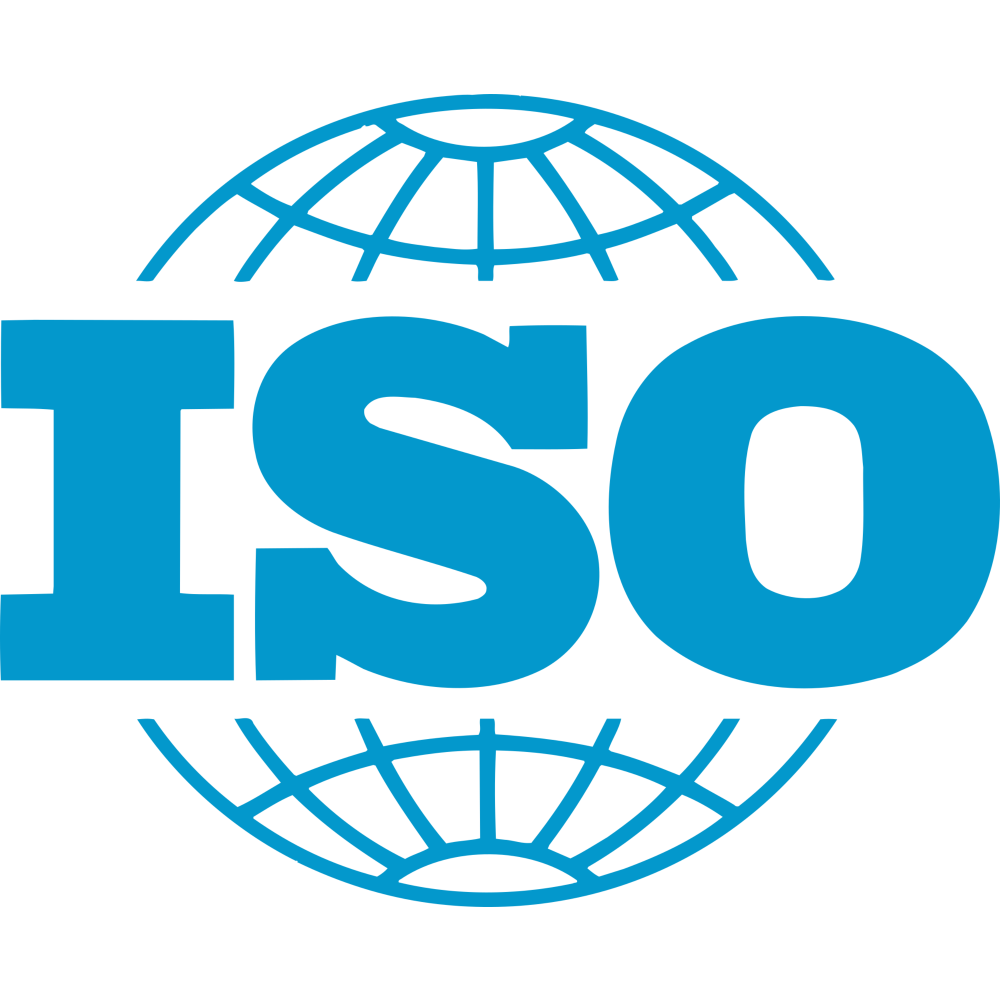LEED
WHO
CDC
HEALTHY
BUILDINGS
WELL


LEED is a set of green building techniques and standards that make it easier for state and local governments, builders architects, designers, and homeowners to build sustainable and healthy buildings.
LEED'S FOCUS is in the following 6 areas:
INDOOR AIR
QUALITY
AIR QUALITY
INDEX
PARTICLES in the air are a common form of pollutant. Approximately 2.4 billion particles can be found in a cubic foot, and of those 99% are smaller than 1.0 microns.
HARMFUL EFFECTS of particulate matter (PM) can include damage on the cardiovascular system including heart attacks and strokes.
INCREASE AIR QUALITY by developing an optimum filter plan. Air filters will remove harmful particulates and other contaminants from the air. When choosing the proper air filter, it is important to consider the following:
For more information, visit www.ashrae.org.

ANSI/ASHRAE Standards 62.1 and 62.2 are the recognized standards for ventilation system design and acceptable indoor air quality (IAQ). Expanded and revised for 2022, both standards specify minimum ventilation rates and other measures in order to minimize adverse health effects for occupants.
STANDARD 62.1 specifies minimum ventilation rates and other measures intended to provide indoor air quality (IAQ) that’s acceptable to human occupants and that minimizes adverse health effects. The standard provides procedures and methods for meeting minimum ventilation and IAQ requirements to engineers, design professionals, owners, and jurisdictional authorities where model codes have been adopted.
Minimum Efficiency Reporting Value (MERV) is a value expressed on a 16 point scale to reference appropriate particulate matter removal in 3 different range groups. The higher the MERV rating, the greater percentage of particles captured on each pass. This testing method is conducted at seven different airflow rates, with the final resistance being twice that of the initial resistance.
Created in 2008, Appendix J was added as an optional step to identify drops in filter efficiency. These filters undergoing this test are referred to as MERV A, carrying both a MERV rating and a MERV A value.
The International Organization for Standardization has developed a test basing filter ratings on the average of the mass of particulate matter removed. The smaller the value in the rating name and the higher reported efficiency means more efficient particle removal.
ISO 16890 and MERV Comparison Download
HEPA, or High-Efficiency Particulate Air, represents a filtration technology renowned for its exceptional efficiency in capturing a wide spectrum of particulate matter, ranging from the minutest to the most substantial contaminants.
The IEST (Institute of Environmental Science and Technology is the leading technical, nonprofit membership association that connects professionals who deal with controlled environments. By testing our products to IEST, Air Filter Supply is positioned to deliver highly efficient filters.
HEPA Standards Information